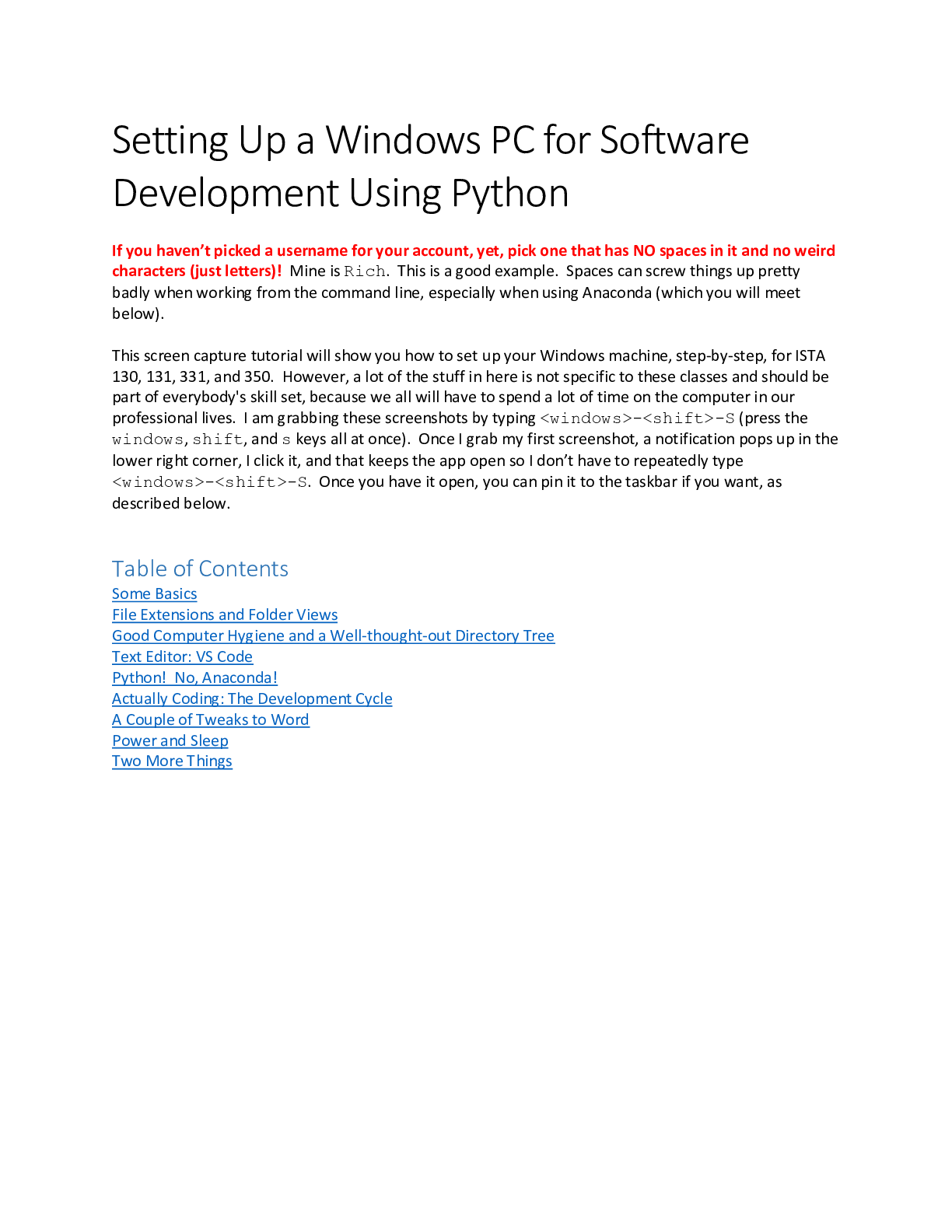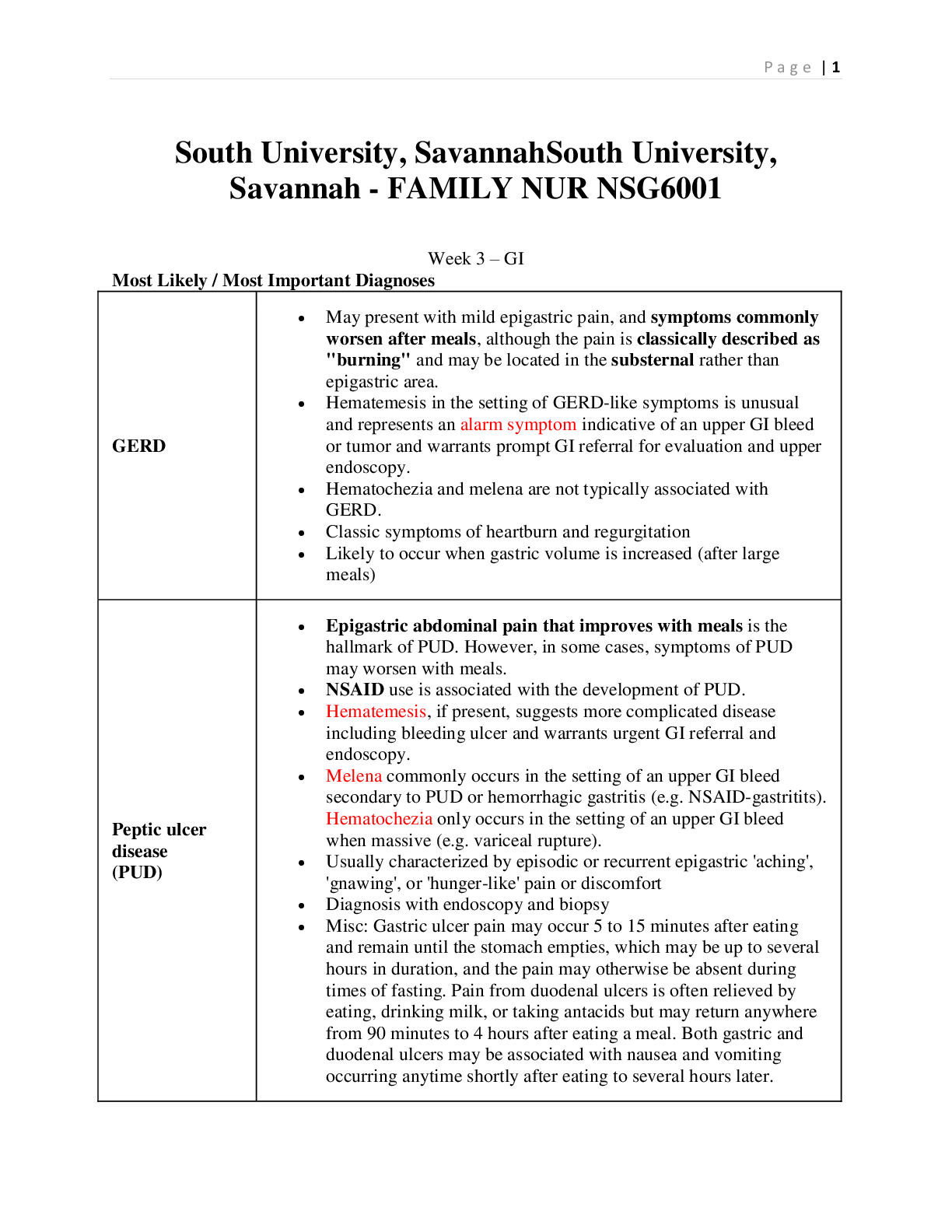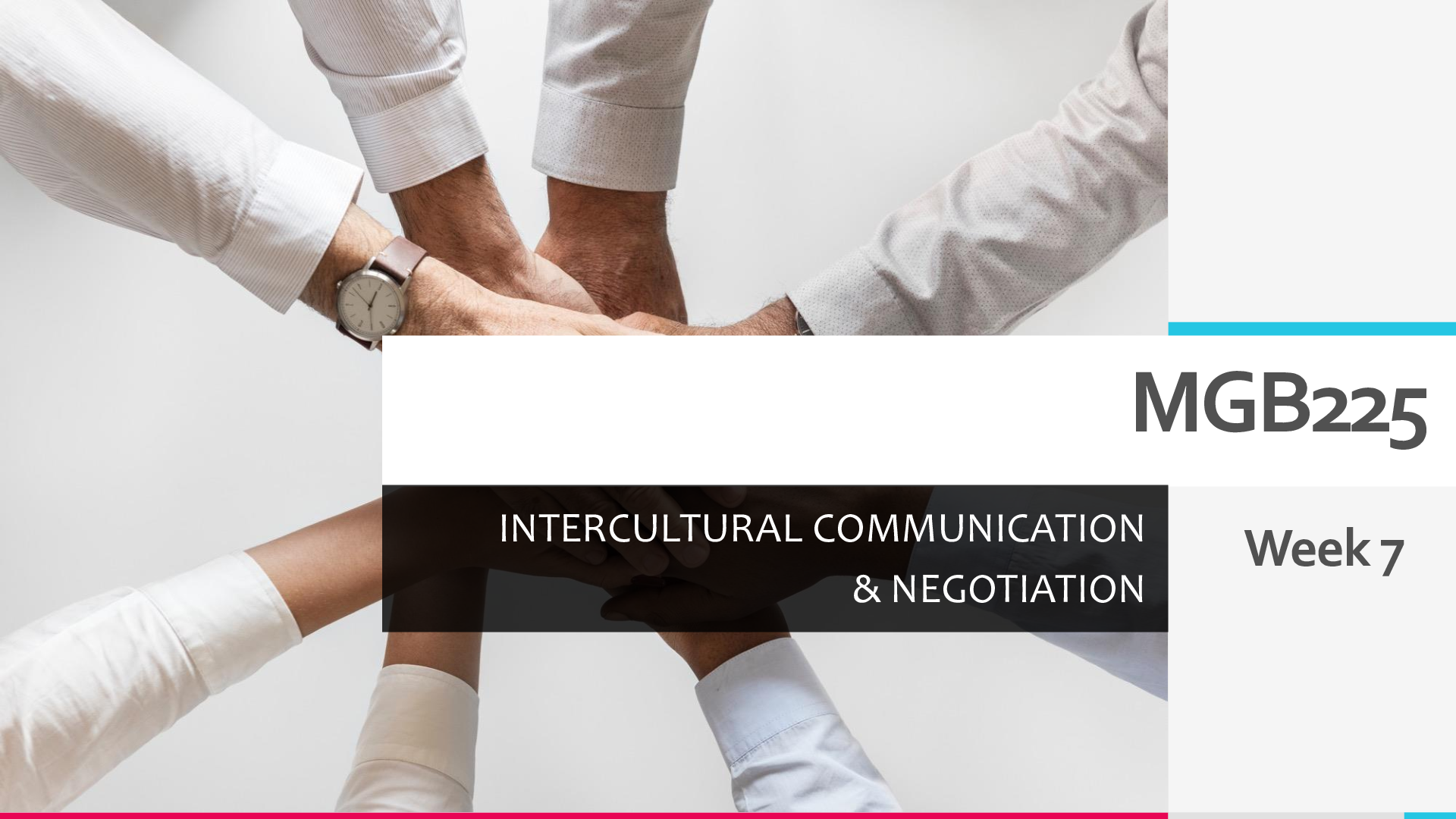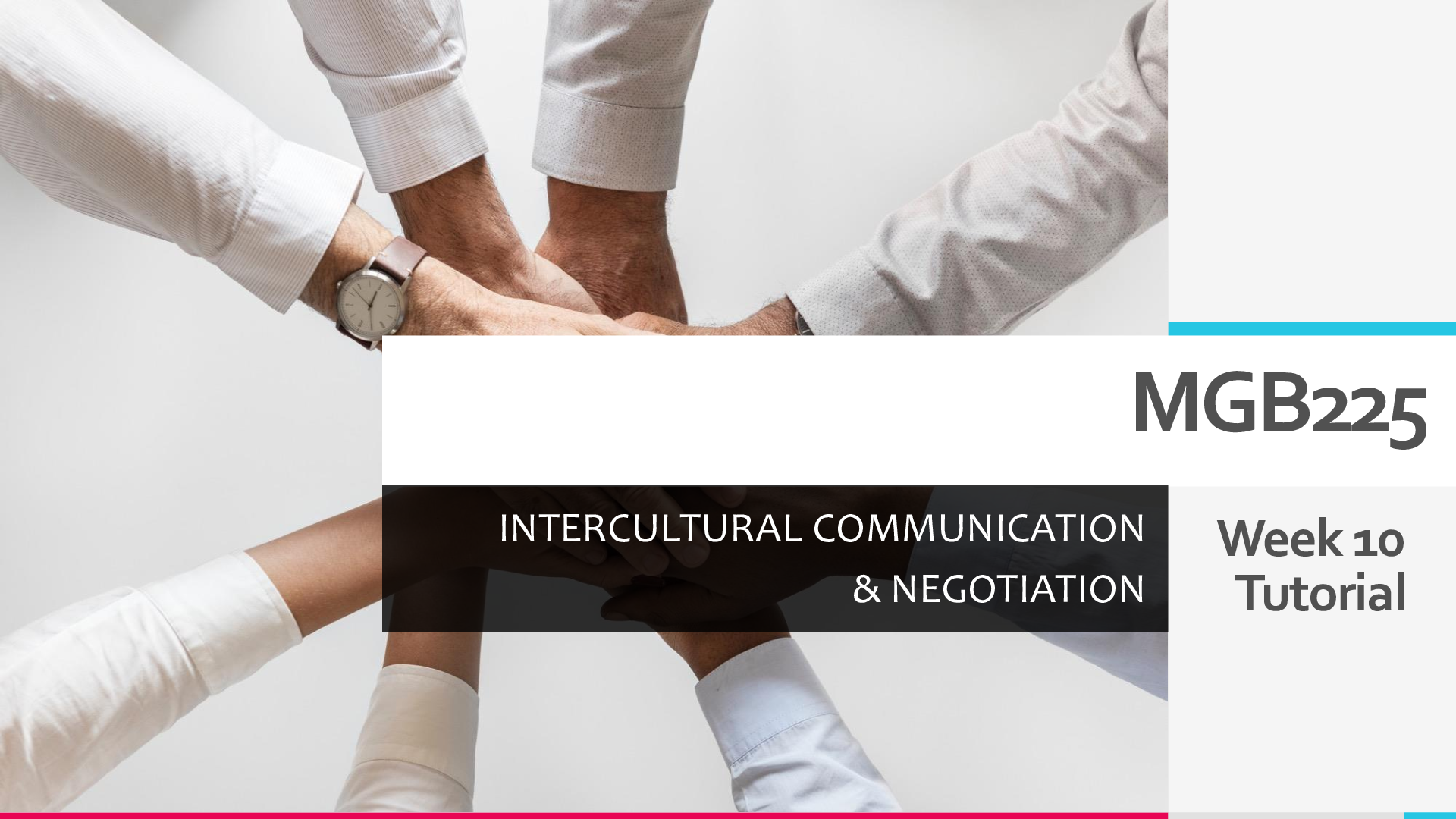*NURSING > Class Notes > pharmaceutical solutions (All)
pharmaceutical solutions
Document Content and Description Below
PHARMACEUTICAL SOLUTIONS A solution is a one phase homogenous system/mixture consisting of solute dissolved in a suitable solvent. It is also referred to as a monophasic liquid dosage form. A solut... ion is homogenous because the solute is in molecular or ionic state of subdivision. A solute is that component that dissolves in the solvent while solvent is that component which dissolves the solute.The solvent used in most cases is water, but it can be oily or alcoholic. Solutions may be used internally (i.e. injected or taken orally) or applied externally (i.e applied topically to the skin or instilled to body cavities). Advantages of solutions as dosage forms 1. They are homogenous hence uniformity of medicament in solution 2. It is a suitable dosage form for geriatrics and pediatrics because they can easily be swallowed compared to solids. 3. The dose can easily be adjusted according to the need of the patient compared to the solid dosage forms. 4. Quick onset of action upon oral administration compared to tablets and capsules. 5. Certain dosage forms can only be formulated as liquids e.g. castor oil or liquid paraffin (used as a laxative). 6. Solutions can easily be flavoured, coloured and sweetened. 7. Some drugs irritate the GIT e.g KCl and aspirin. The irriration is reduced when they are in solution form due to immediate dissolution by the gastric contents. Disadvantages 1. Chemical stability- drugs in solution form are less stable than their corresponding solid dosage forms because drugs in solution are more prone to chemical degradation. 2. Aqueous solutions are prone to microbial growth. Preservatives need to be added to such solutions to protect them from microbial attack. 3. The unpleasant taste of drug is more pronounced in solution than in solid dosage form. 4. It is costly to transport liquid dosage forms i.e. they are bulky and inconvenient and glass bottles can easily break leading to loss of product. 5. Accurate dosage is not possible and depends on the patient’s use of the measuring spoon. Types of solvents used 1. Aqueous solvents 2. Non aqueous solvents Aqueous solvents Water: It is the most widely used solvent for formulation of pharmaceutical products because: i) Has ability to dissolve a wide range of compounds. ii) It is physiologically compatible with body fluids. iii) It is non-toxic, non-volatile and not coloured hence imparts no colour on product. iv) It is cheap and readily available Types of water (a) Potable water: Water freshly drawn from the main water system and is suitable for drinking. (b) Purified water B.P – its potable water which is freshly boiled and cooled immediately before use to destroy any vegetative microorganisms that may be present. It is used in most occasions where the presence of salts often dissolved in water is undesirable. It is prepared by distillation, or deionization of potable water or by reverse osmosis. NB: This water is not sterile hence should not be used for injections. (c) Water for injection- this water is obtained by sterilizing pyrogen free distilled water, immediately after its collection. It is usually sterilized by autoclaving. It is used for formulation of parenteral solutions. Water for injection can be made free of dissolved air, carbon dioxide or oxygen particularly for products sensitive to these gases. (d) Aromatic waters: These are waters used in formulation of liquid dosage forms for their flavouring properties [Show More]
Last updated: 2 years ago
Preview 1 out of 14 pages

Buy this document to get the full access instantly
Instant Download Access after purchase
Buy NowInstant download
We Accept:

Reviews( 0 )
$5.00
Can't find what you want? Try our AI powered Search
Document information
Connected school, study & course
About the document
Uploaded On
Feb 10, 2021
Number of pages
14
Written in
Additional information
This document has been written for:
Uploaded
Feb 10, 2021
Downloads
0
Views
147
















